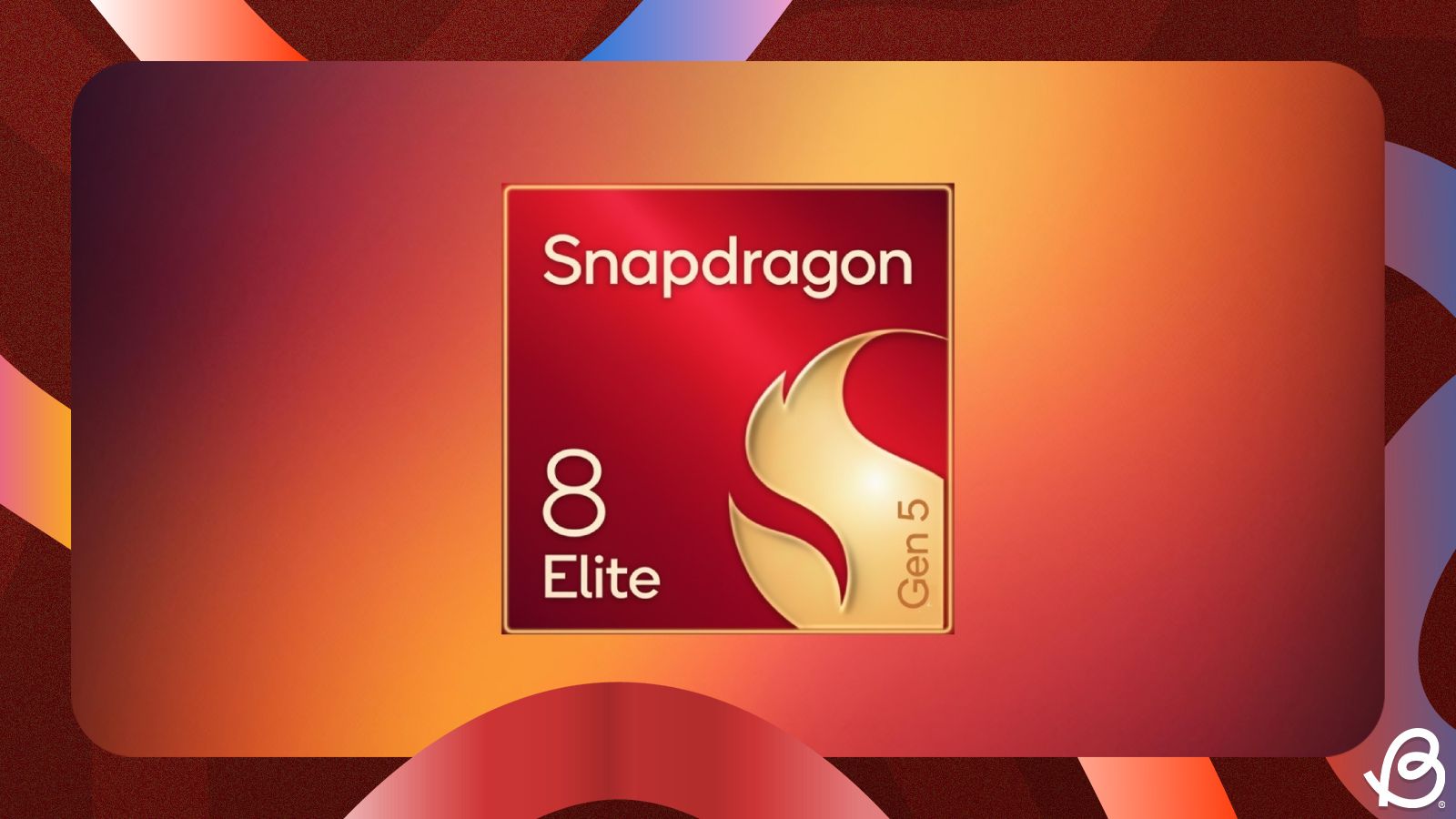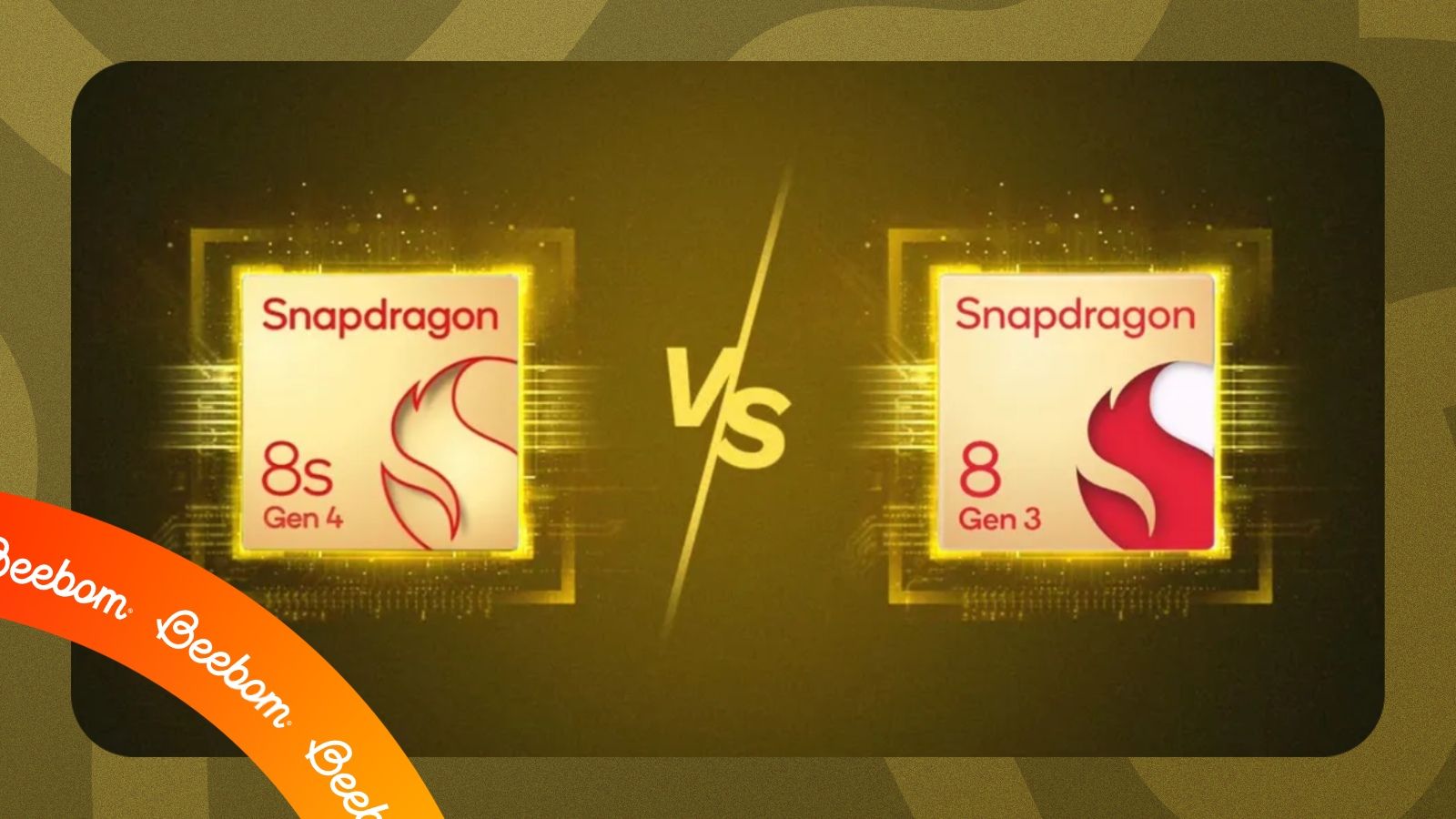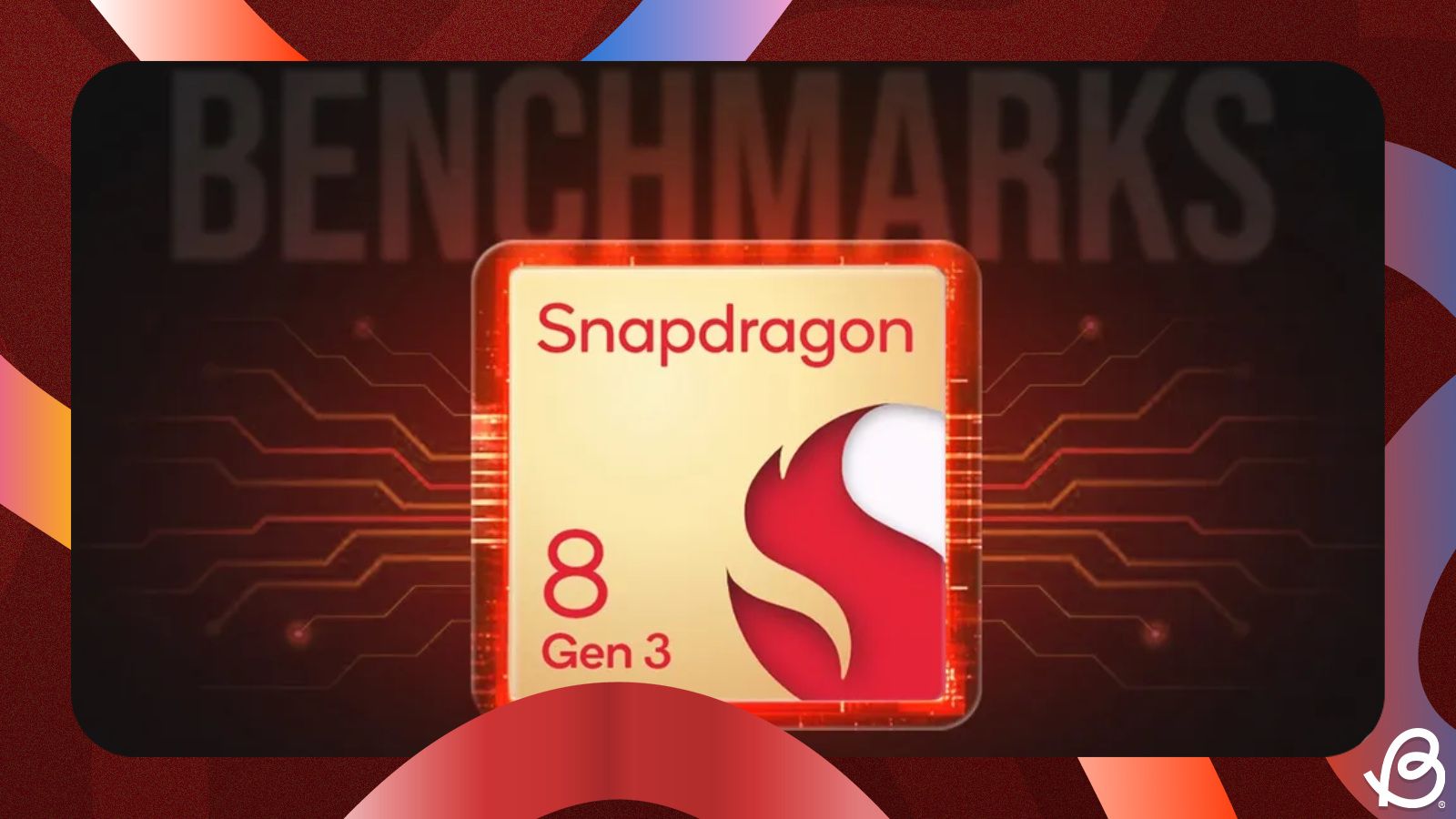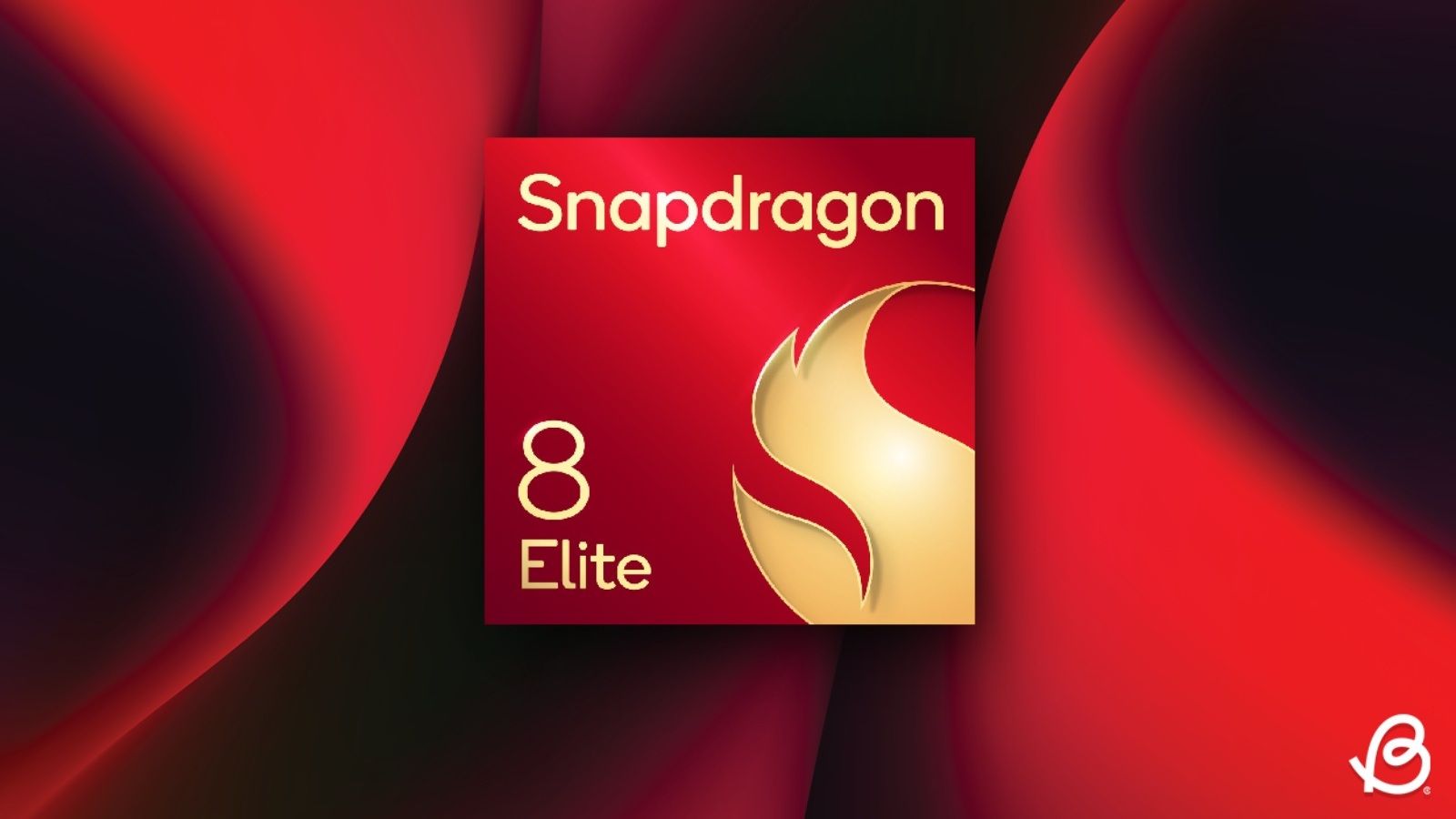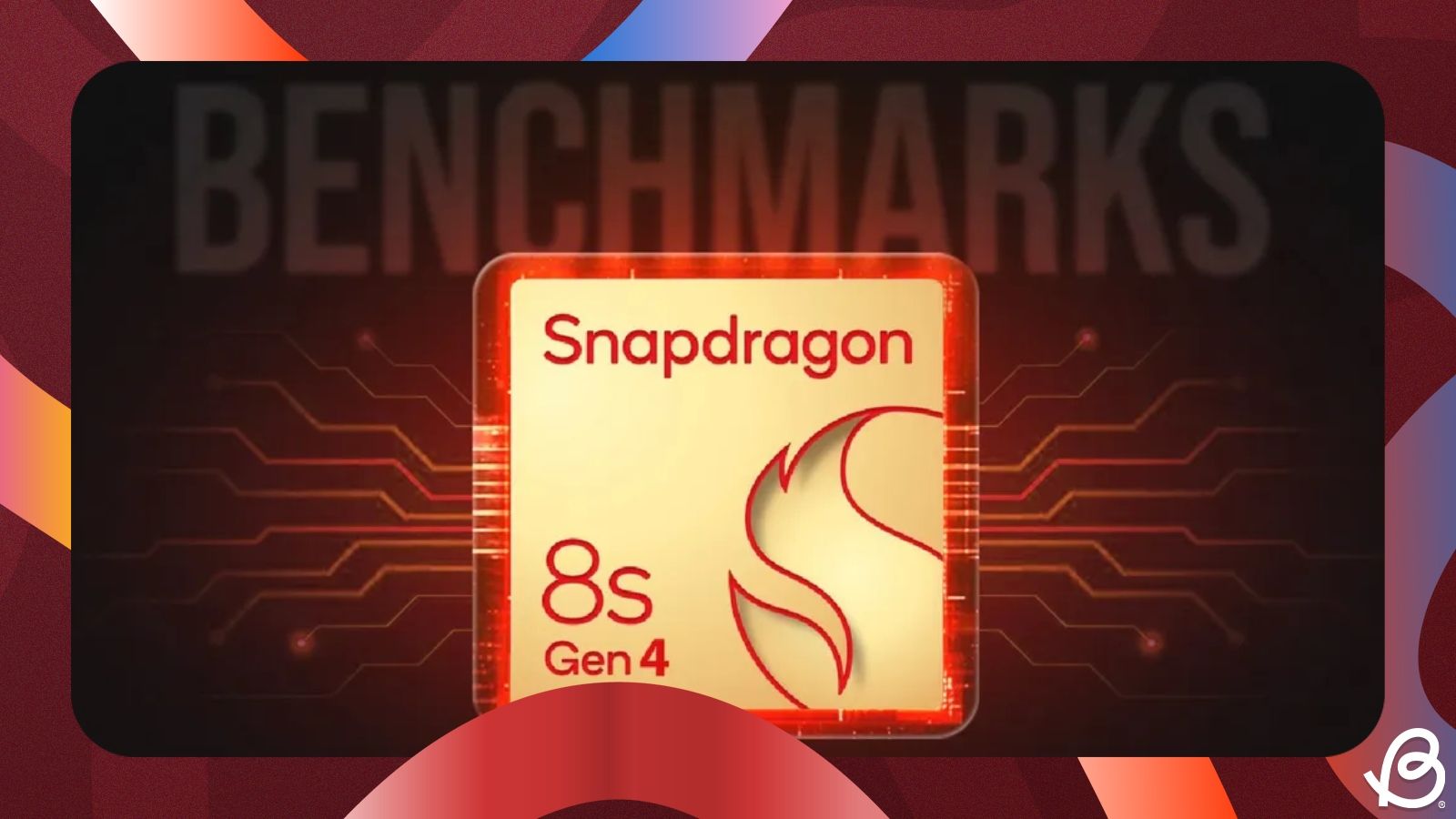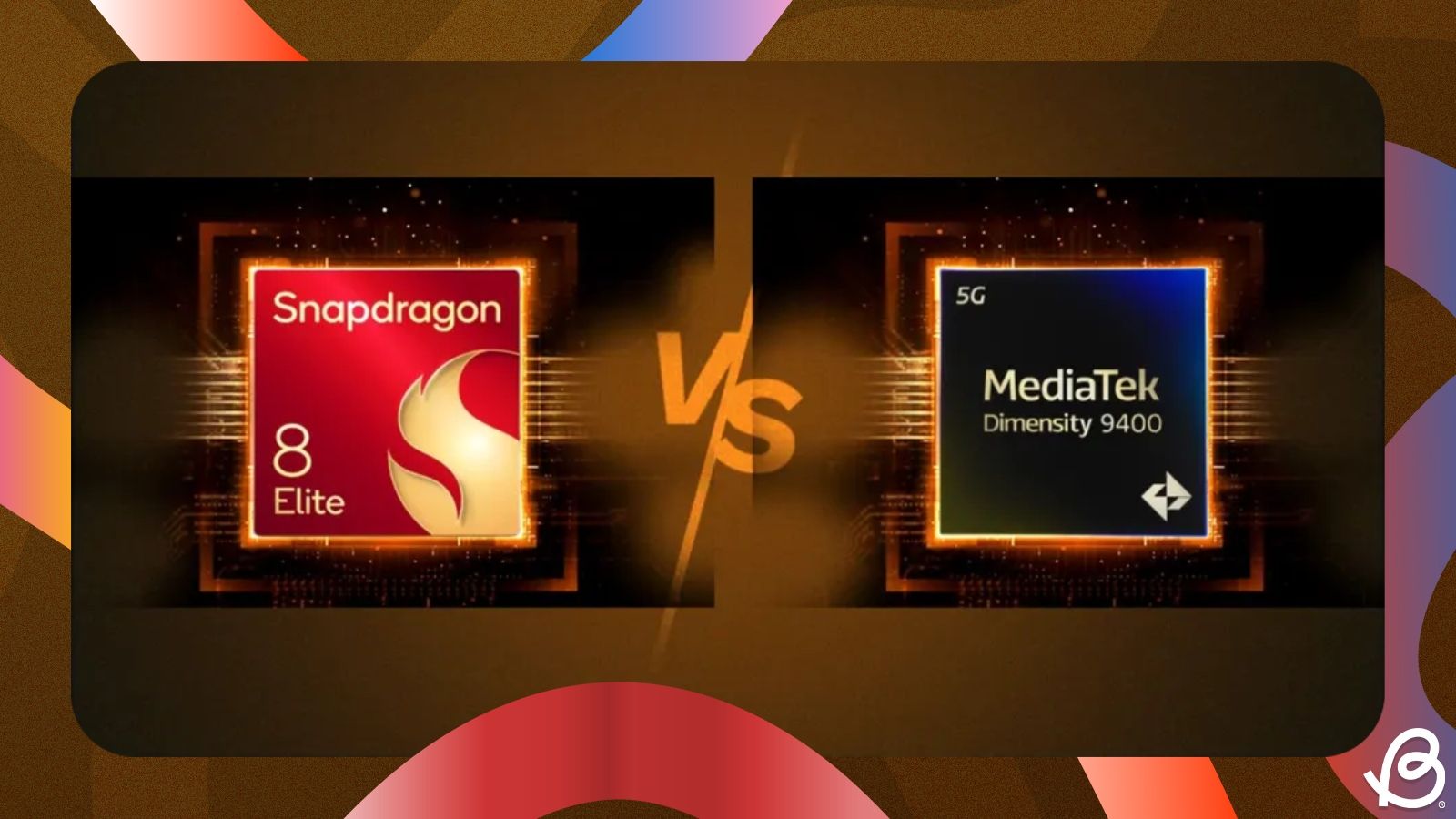Qualcomm has announced Snapdragon 8 Elite Gen 5, and it has caught many by surprise. Considering the last Qualcomm processor to get a name revamp was the last generation 8 Elite, the next logical step seemed to be the 8 Elite 2. However, the firm has tried to explain why it's calling it the 8 Elite Gen 5, so let us break down the official reasoning and explore if it's a good choice.
Why is it called Snapdragon 8 Elite Gen 5: Qualcomm's reason
Qualcomm's reasoning for the change in name stems from the fact that the Snapdragon 8 Elite Gen 5 is the fifth generation of the premium 8-series platform. If you haven't been following, the switch up from Snapdragon 888 to the Snapdragon 8 Gen 1 all the way till Snapdragon 8 Gen 3 counted as three generations.
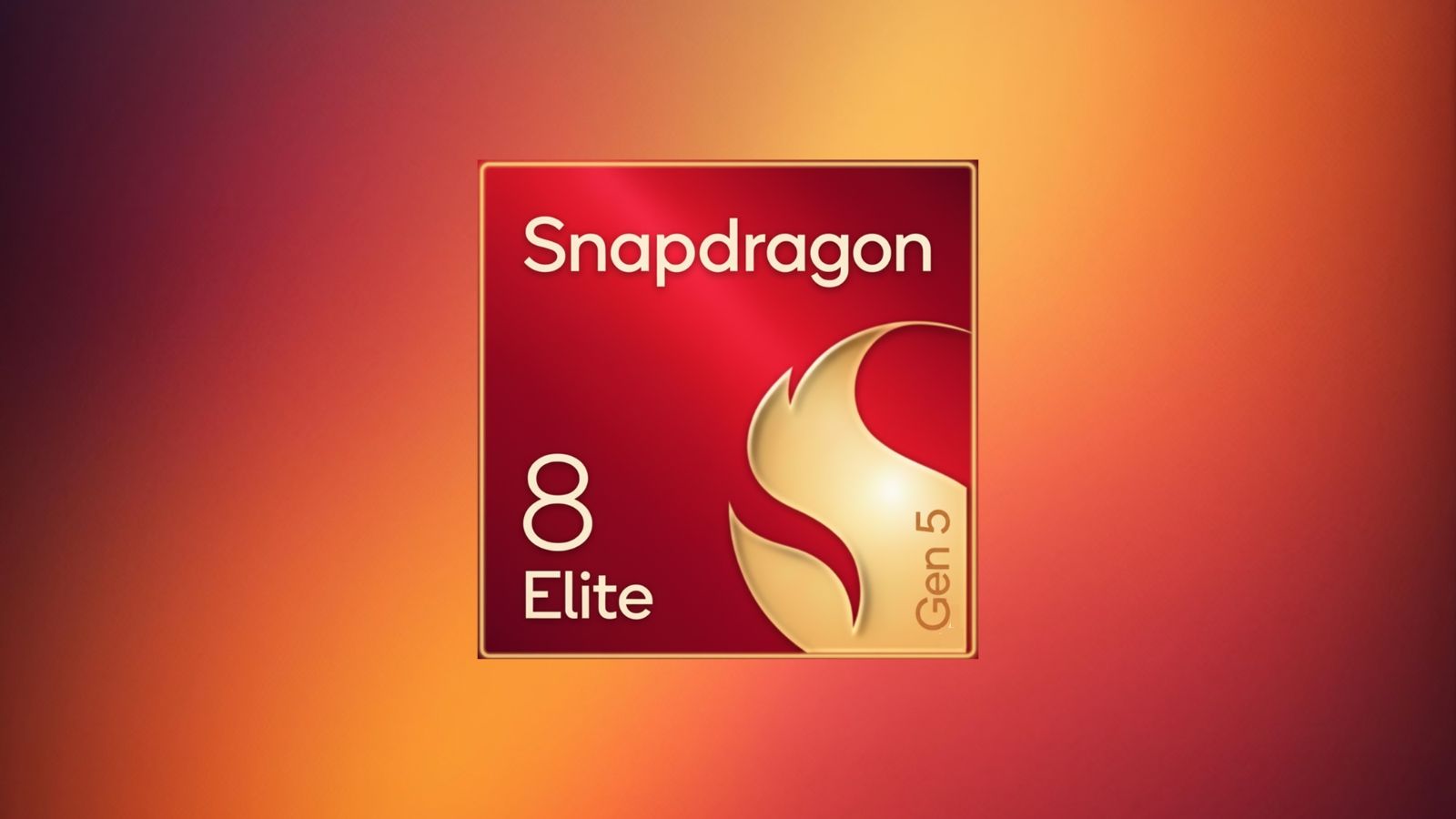
Given that the Snapdragon 8 Elite was considered to be the equivalent of what would have been the "8 Gen 4", the new Snapdragon 8 Elite Gen 5 name places itself as the fifth generation chips in this equation. Additionally, Qualcomm states that the Gen 5 will introduce a unified generational identity, as other processors in the brand's roadmap will also adopt this standard. This could clean up and align the naming across its portfolio.
Lastly, the firm states that the addition of "Elite" to the lineup implies that it's a top-tier chipset, so buyers can be assured of making no mistakes if they want to purchase a device with the best Qualcomm Snapdragon processor.
Why it makes no sense to call it Snapdragon 8 Elite Gen 5?
Right off the bat, the change in naming strategy may confuse the consumers. The most logical successor to 2025's Snapdragon 8 Elite would've been Snapdragon 8 Elite 2. Jumping directly to Gen 5 makes it appear as though three generations were skipped, creating unnecessary confusion. Here's what Qualcomm's flagship processor names have changed over the years.
- Snapdragon 835, 845, 855, 888 (2017 - 2020)
- Snapdragon 8 Gen 1, 8 Gen 2, 8 Gen 3 (2021 - 2023)
- Snapdragon 8 Elite (2024)
- Snapdragon 8 Elite Gen 5 (2025)
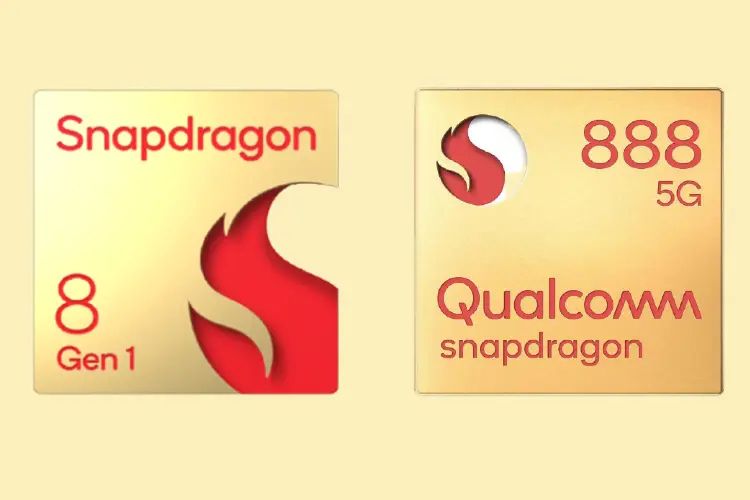
The most important of all, it breaks the recent naming patterns. Qualcomm was barely done establishing the pattern with the 8 Elite. The Snapdragon 8 Gen 1, 8 Gen 2 and 8 Gen 3 naming conventions weren't used for long either.
In which case, introducing a new product called the Snapdragon 8 Elite was one challenge, but immediately pushing its successor to the "Gen 5" label, breaks the sequential logic that consumers were getting used to. Besides, it adds another layer to Qualcomm's already convoluted naming history.
The branding had already shifted twice from Snapdragon xxx to 8 Gen x and to 8 Elite. Consequently, changing it for the third time in three years will only make the product line difficult to follow. The only reason for us to find it useful is that it will now align with the year in which it's launched, just the way Apple adopted the iOS 26 name.

And while Qualcomm claims it simplifies the roadmap, this move acts against it, forcing users to understand the firm's internal logic rather than relying on a simple, sequential order. The bottom line is, a straightforward "8 Elite 2" would have been far easier for a layperson to understand.
The change in naming conventions and different variations of what looks like the same processor is not uncommon in the industry, with MediaTek being at the forefront of this revolution. Although the brand has primarily focused on its flagship chipsets lately, the names of its affordable offerings are hard to understand.
As Qualcomm changes the naming scheme once again, we hope the brand sticks to it, at least for a few years. Its semi-flagship 8s series already follows the "Gen" treatment, and the 8 Elite Gen 5 indirectly confirms that the successor to the Snapdragon 8s Gen 4 processor could very well be the Snapdragon 8s Gen 5.


